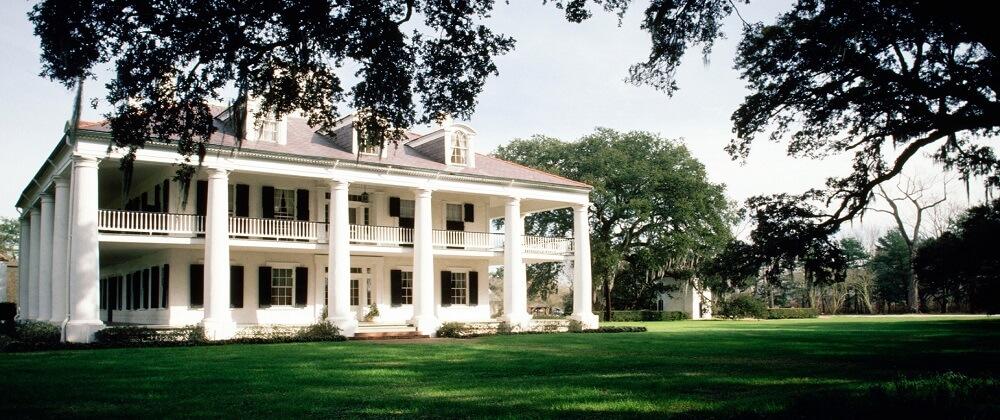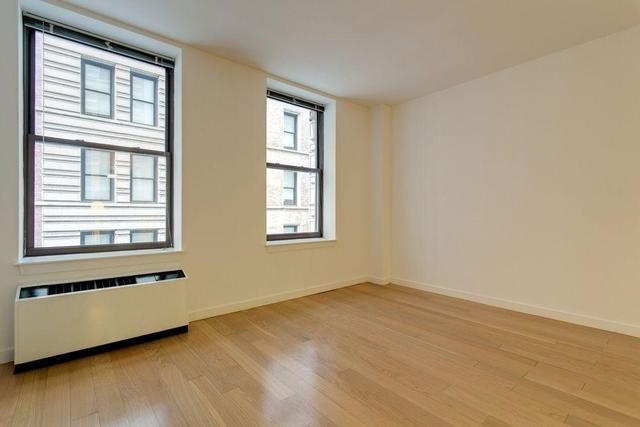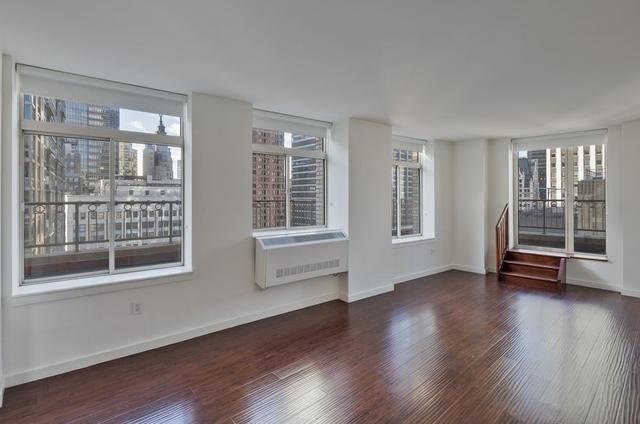
Landlocked Property – Everything You Need to Know
By: ROS Team
Imagine owning a piece of property that’s completely surrounded by other land, with no direct access to a public road. Does the idea intrigue or terrify you? Landlocked property presents a unique set of challenges and opportunities. In this blog post, we’ll delve into the world of landlocked land, exploring its benefits, drawbacks, and the legal implications of owning such a property.
What is Landlocked Property?
A landlocked property is what we refer to as a piece of land that is not directly connected to a public road or street. In other words, it is the property that is engulfed by some other private land area, making it extremely difficult or almost impossible to reach without traversing through someone else’s land.
In most cases, landowners of a landlocked property have to acquire legal permission, which is known as an easement, from the neighboring property owners to be able to walk through their property and reach the landlocked property.
Why Landlocked Properties Exist?
Landlocked property is a result of changes in land ownership or subdivision. Due to all parts of a large land parcel being fragmented, some small portions can become pinned in between the other properties, thus not having access to public roads. Such situations often arise when land is inherited from relatives, sold in fractions, or if the development of roads and other infrastructure puts the land in isolation thus turning it into a land-locked one.
How to Access Landlocked Property?
The only way of accessing a landlocked property is through an easement. An easement is a right that permits somebody to use a portion of another person’s property for a particular purpose. For example, a land locked property holder may be granted the right to cross his neighbor’s property to access a public road. In this case, the property owner is still the owner of the land, however, the one with the easement has the right to use it as specified.
How to Get an Easement for Landlocked Property?

For landlocked property easement, do:
- Negotiate with Neighbors: Talk with the owners of the neighboring lands to see if they will allow you to access their land. Be ready to offer some kind of compensation or other incentives.
- Draft a Legal Agreement: If the agreement is reached then contact a real estate lawyer and ask him or her to write the formal easement agreement for you. This official document should explain in detail the terms of access.
- Record the Easement: Ensure that the easement is written with the local land office. This would hold the easement responsible for future property owners and make it official.
- Seek a Court Order: If negotiation options fail then you could sue for a court-ordered easement, especially in case it is your only option to access your property.
Securing an easement can be a complex process, so working with a real estate attorney is often necessary.
Types of Easements for Landlocked Property Access
Easement by Necessity
This is a legal right of access created when a property becomes landlocked due to the division of a larger parcel. Courts may grant this easement based on the implied intent of the parties involved in the original division.
Prescriptive Easement
This is established through continuous, open use of a path across another’s property for a statutory period (varies by state, often 10-20 years) without the owner’s permission.
Express Easement
This is a written agreement between property owners, explicitly granting a right of access. It’s typically recorded with the property deed.
Implied Easement
Similar to an easement by necessity, but based on the prior use of the land before division. If a path was consistently used before the properties were separated, courts may imply its continuance.
Easement by Condemnation
In some jurisdictions, land locked property owners can petition the court to condemn a portion of a neighboring property for access, with compensation to the affected owner.
How To Choose The Right Type Of Easement?
Choose Easement by Necessity when: Your property became landlocked due to a recent division of a larger parcel, and there’s clear evidence of the original ownership and division.
Prescriptive Easement when: You’ve been using a specific path across a neighbor’s property for many years without formal permission, and can prove continuous use.
Choose Express Easement when: You have a cooperative neighbor willing to negotiate. This is often the cleanest and most straightforward option, providing clear terms and conditions.
Choose Implied Easement when: There’s a history of using a specific access route before the properties were divided, and you can provide evidence of this prior use.
Choose Easement by Condemnation when: All other options have failed, and your jurisdiction allows this process. Be prepared for potential legal battles and compensation costs.
Pros And Cons Of Landlocked Property
Pros of Landlocked Property:
- Affordability: The cost of landlocked properties is mostly low due to the limited access.
- Privacy: These properties with no direct road access can offer increased privacy for those wanting solitude.
- Negotiation of the Property: It is possible to negotiate the purchase by buying adjacent land at a lower price.
Cons of Landlocked Property:
- Limited Access: The main negative feature is the access limitations, which can make it hard to visit the property and impact daily use.
- Legal Issues: The process of obtaining an easement or access is often difficult, lengthy, and expensive, and often needs legal help.
- Property Value Reduction: The value of the property is likely to decrease because of the absence of direct access.
- Development Difficulty: Access difficulties and possible zoning rules may hinder the construction or improvement of such properties.
Frequently Asked Questions
Can You Deny Access to Landlocked Property?
Usually, it is illegal to deny access to a landlocked property. An easement grants the land locked property owner a legal right to access, and you are bound to allow them the right to use it. If no easement exists the property owner may take the matter to the court to form one especially if it is the only access to his land.
Can You Build on Landlocked Property?
Yes, it is possible to construct buildings on landlocked properties, but challenges are bound to arise. Provision of legal access, mainly through an easement, is the first step to be taken before any construction tasks can start. Without proper access, getting permits, utilities, and other vital items might be a problem and the property may have a depreciated value. It’s important to consult with a real estate attorney and local authorities before starting any construction.
What Can I Do if My Land Is Landlocked?
Gaining access to your landlocked land is possible in several ways. Initially, you should consider a negotiation with the owners of surrounding lands to make an express easement which is the type of easement that gives you the right to pass through their lands.
If that doesn’t work, you can do some research on the property and find out if there were cases of granting your easement either through necessity or prescriptive easement based on the prior use. Lastly, you may need to pursue legal action, e.g., pursuing a court-ordered easement or a petition for an easement by condemnation.
Is It Legal to Sell Landlocked Property?
Yes, it is legal to sell landlocked property. However, the lack of access to the property could pose a problem in finding buyers and may be a reason for the property to lose value. Buyers should thus be aware of the access issues and should be prepared to acquire an easement that will allow for the effective utilization of the property.
What Does Doubly Landlocked Mean?
A doubly landlocked country is one that is completely surrounded by land, and all of the countries that surround it are also landlocked. In other words, there is no sea or ocean that borders the country or any of its neighboring countries.








